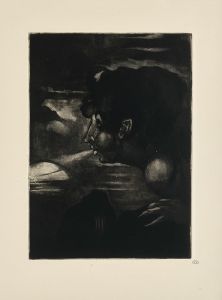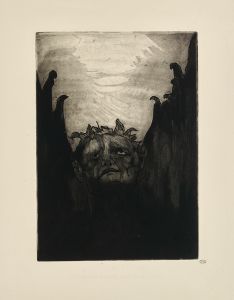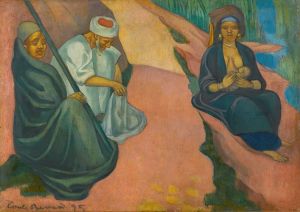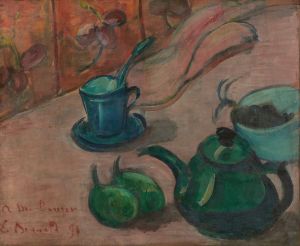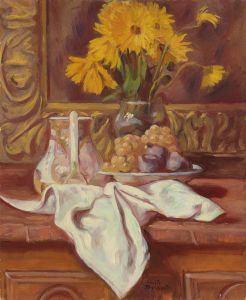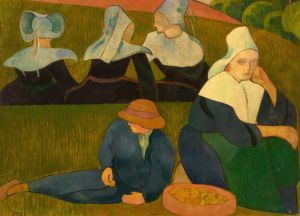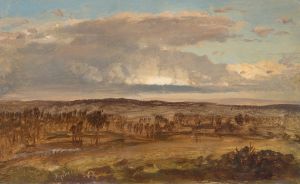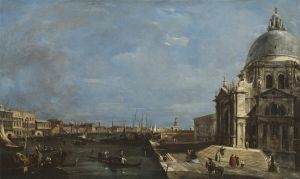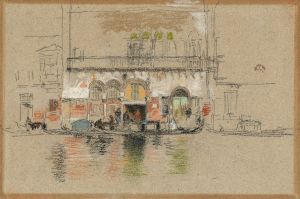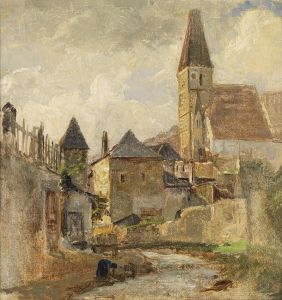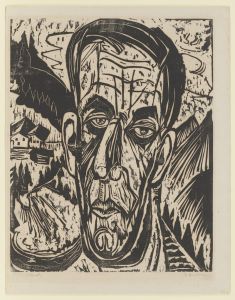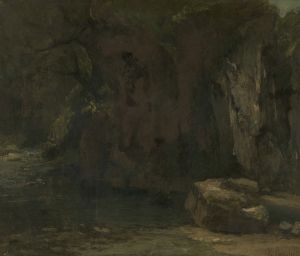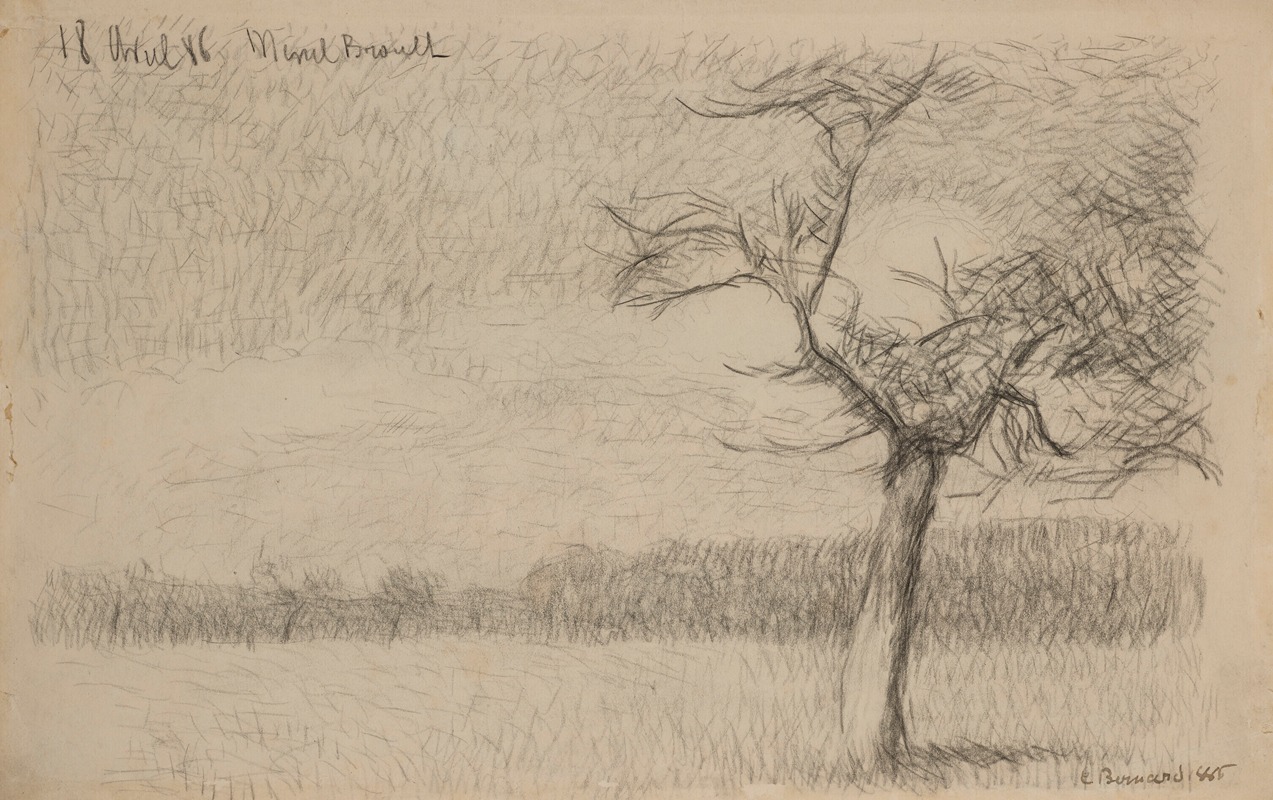
Paysage
A hand-painted replica of Emile Bernard’s masterpiece Paysage, meticulously crafted by professional artists to capture the true essence of the original. Each piece is created with museum-quality canvas and rare mineral pigments, carefully painted by experienced artists with delicate brushstrokes and rich, layered colors to perfectly recreate the texture of the original artwork. Unlike machine-printed reproductions, this hand-painted version brings the painting to life, infused with the artist’s emotions and skill in every stroke. Whether for personal collection or home decoration, it instantly elevates the artistic atmosphere of any space.
Émile Bernard was a French Post-Impressionist painter and writer, known for his significant contributions to the Symbolist movement and his association with other notable artists such as Vincent van Gogh, Paul Gauguin, and Paul Cézanne. Among his many works, "Paysage" is one of his paintings that exemplifies his style and artistic philosophy.
Émile Bernard was born on April 28, 1868, in Lille, France. He showed an early interest in art and eventually moved to Paris to study at the École des Beaux-Arts. However, he was expelled due to his rebellious nature and non-conformist ideas. This led him to seek inspiration outside the traditional academic circles, which significantly influenced his artistic development.
Bernard's work is characterized by bold colors, strong outlines, and a departure from the naturalistic representation of subjects. He played a crucial role in the development of Cloisonnism, a style marked by flat areas of color separated by dark contours, reminiscent of stained glass. This technique was influential in the evolution of modern art and was adopted by several of his contemporaries.
The painting "Paysage" reflects Bernard's innovative approach to landscape painting. While specific details about this particular work are limited, it is likely that it embodies the characteristics of his broader oeuvre during the period when he was actively engaging with the Symbolist movement. Bernard's landscapes often feature simplified forms and vibrant colors, emphasizing the emotional and symbolic over the realistic depiction of nature.
In the late 1880s, Bernard spent time in Pont-Aven, Brittany, where he met and collaborated with Paul Gauguin. This period was crucial for both artists, as they exchanged ideas and developed new techniques that would later influence the Symbolist and Synthetist movements. Bernard's landscapes from this time often reflect the influence of Gauguin, with a focus on the spiritual and mystical qualities of the natural world.
Bernard's relationship with Vincent van Gogh also played a significant role in his artistic journey. The two artists corresponded frequently, exchanging ideas and critiques of each other's work. Van Gogh admired Bernard's innovative use of color and form, and their interactions contributed to the development of both artists' styles.
Throughout his career, Émile Bernard remained committed to exploring new artistic ideas and pushing the boundaries of traditional painting. His landscapes, including "Paysage," are a testament to his ability to blend elements of Impressionism, Symbolism, and his unique vision to create works that resonate with emotional depth and symbolic meaning.
In summary, while specific information about the painting "Paysage" by Émile Bernard is limited, it is representative of his broader contributions to the Post-Impressionist and Symbolist movements. Bernard's innovative techniques and collaborations with other prominent artists of his time have left a lasting impact on the art world, making him a significant figure in the history of modern art.






